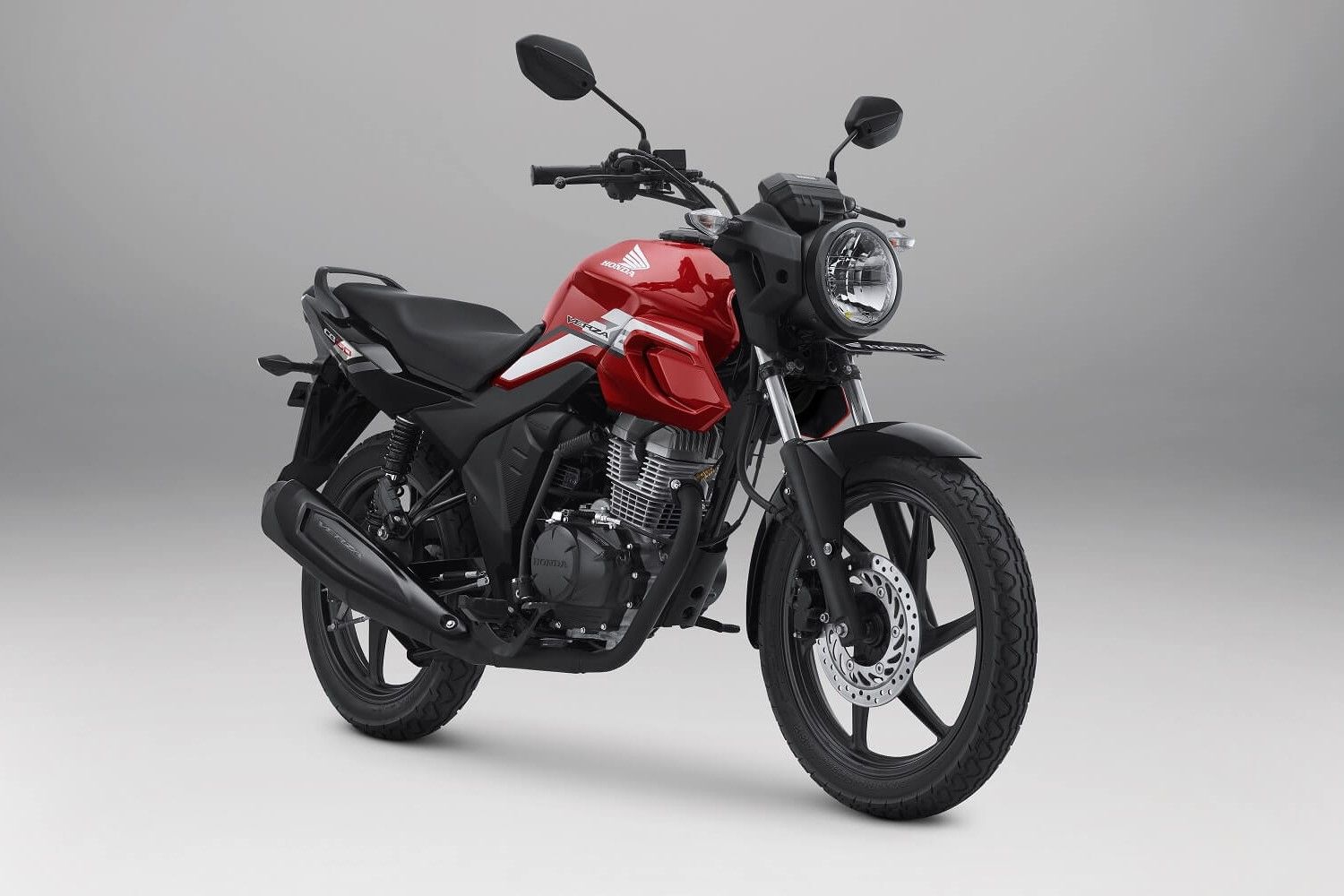
Popular road/trail motorcycles include the Aprilia Dorsoduro 750 ABS, Honda CB500X and the Kawasaki Versys 1000. Don't cut or mark live trees – use only well-placed nylon (rather than steel) winch straps to avoid damage to bark.Formidable on the asphalt and dirt, road/trail motorcycles provide blended performance.Leave all gates and fences as you find them, open or closed.Travel on trails and park in areas with the hardest, most durable surface.Travel in small groups to minimize soil compaction and vegetation damage. Reduce erosion – use low pressure, non-aggressive tires.Minimize sharp, low-radius turns – such manoeuvres tend to remove vegetation and plough topsoil.Make sure someone knows where you are going and when you expect to return. Use caution and stay on trails when operating in reduced visibility. Always have your headlight on it is just as important to be seen as to see.Help prevent the spread of invasive species by removing any vegetation or clumps of mud or debris from the vehicle and thoroughly clean the underside of vehicles, tires and parts before moving to another area.Repeated travel in these areas creates damage that is very difficult to repair. Keep wheels off exposed alpine terrain and wet, sensitive or steep areas.Be prepared to change plans and/or turn around if conditions are bad. Most trail damage occurs after rainfall and snowmelt when trails are wet and soft. If you encounter equestrian users, pull over to the side of the trail and turn your vehicle off until horses pass. Motorized users should yield to all other trail users.Drive slowly around staging areas and avoid excessive speeds on the trails.Two-way traffic exists on all trails use caution and reduce speeds when encountering other trail users and nearing intersections.Ride with caution hills and other natural hazards can be dangerous.Know and ride to the ability and skill of yourself and others in your group.Operating any vehicle, OHV or snowmobile while impaired is against the law.Learn more at Recreation on Agricultural Crown land. Contact leaseholder prior to travel on leased land. Stay off private and leased land unless permitted, and steer clear of pipelines.
#Trail motorbike free#
Prevent the start of a wildfire – keep your machine free of debris.Avoid washing your vehicle in natural water sources. Wheeled and tracked vehicles are not allowed on the bed or shore of waterbodies or wetlands, unless the travel is on frozen ground without making a depression, or on ice capable of holding the weight of the vehicle without breaking. Keep wheel and/or tracks out of the water.Ride on approved trails that are designated for motorized use, and use legal watercourse crossings (bridges, fords) that appear on provincial maps. Stay on designated trails and water crossings.

Your vehicle must have a licence plate affixed to the vehicle, working head-lamp and tail lights, a proper exhaust muffler and spark arrestor.Follow the manufacturer’s recommendation for the minimum age of riders and number of passengers your vehicle can support.
#Trail motorbike registration#
#Trail motorbike Offline#
Visit the Public Land Use Zones (PLUZ) pages to review the rules and vehicle restrictions, to learn where the approved trails are and to download georeferenced maps to use offline during your trip.


Find motorized trails and areas open for OHV and off-road use.


 0 kommentar(er)
0 kommentar(er)
